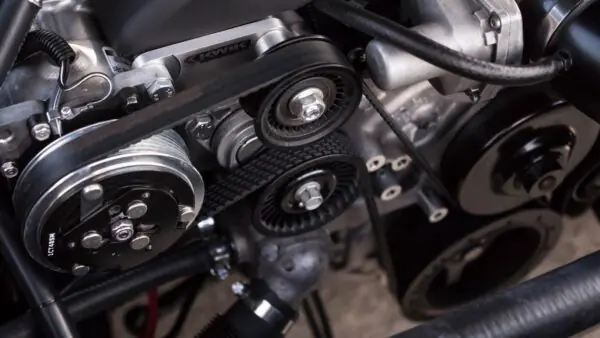Thermostat Overheating Fix
Today is your lucky day if your car is heating up. There are not many things that can cause your vehicle to heat up. Let’s start with the basics. When the radiator fluid is cold, check it. Remove the radiator cap. Take a look inside. In this instance, it’s probably bone dry, so pressure tests the system for leaks.
Hook it up to your radiator. Pump up the pressure. This case shows that the pressure is leaking from the radiator. The radiator is full of holes. This case is now reasonably straightforward. The radiator had a fix, but it wasn’t difficult to access. Watch the pressure gauge to see if it begins to drop. If it does, you can pump it up to 16 pounds pressure or more and then watch the meter. If it drops like this, you know there is a leak. Let’s suppose your pressure was tested, and found no leaks. What should you do? It would help to remember that radiator caps are meant to keep tension in place. If they are worn or rusty, you may need to replace them. Some machines can test radiator caps. But they are so inexpensive; you can buy another one and put it on. You can check the cooling fan if that fails to fix the problem. Turn the AC up to full blast, start the car and contain the cooling fan to ensure they are working again. In this example, the left fan and the right are spinning. The fans won’t work if there isn’t enough air. Overheating radiators can cause them to stop working. You can check if they have burned out by checking the fan motors. You can use a jumper wire to attach one hand to the positive end of the battery. Let’s inspect the other end of the red cable that supplies the motor. If the fan stops spinning, the engine has likely failed. However, if the fan does not spin, the fans may be working correctly. The problem could be a bad thermostat. These thermostats must be closed when the engine heats up. When it gets hot, they are supposed to open and sometimes stick. Most thermostats are easy to access. Follow the bottom radiator line to find the thermostat housing. There is a bolt at the top and bottom. It is easy to remove it and replace the thermostat. It could be one of two costly problems if it doesn’t. Either the radiator is too old to dissipate heat, the head gasket leaks, or the engine is causing problems. Modern radiators made from aluminum and plastic often corrode and don’t dissipate heat anymore. It is best to hope the radiator works because a lousy head gasket can cause the engine to fail. It can lead you to have the engine disassembled, which can run well into the thousands on modern cars. To ensure the head gasket is not leaking, perform a combustion leak test before turning off the engine. It is a quick test that involves putting blue liquid into a tube. Start the motor to check if the blue turns brown. It is a sign that your head gasket has failed. If the blue liquid turns yellow, replacing the gasket is okay. Don’t panic if your car overheats. Get under the hood to fix it!









